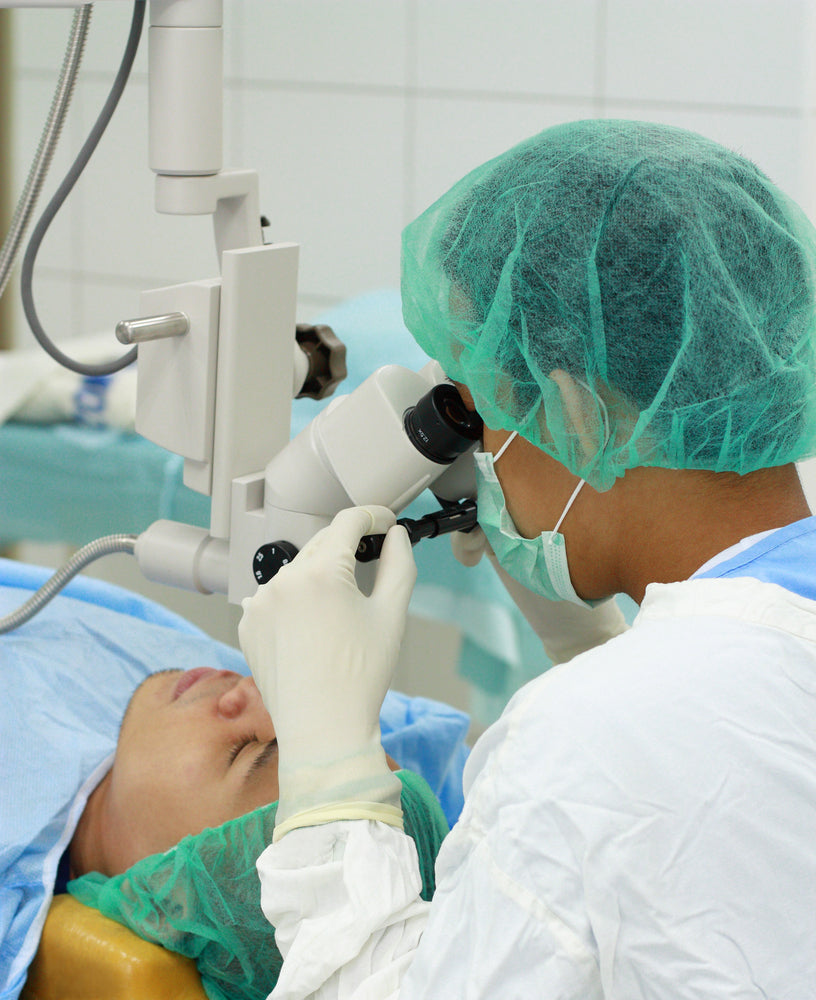
How Can Ophthalmologists Improve Cataract Surgeries?
Cataract surgery is one of the most commonly-performed ophthalmic procedures. Every year, approximately 10 million individuals around the world undergo cataract surgery. While the prevalence of this operation has afforded many ophthalmologists the opportunity to gain experience and confidence, there are still always opportunities to improve surgical performance. Additionally, as more developing countries gain access to ophthalmologists who can perform cataract surgeries, and as individuals in first-world countries become more proactive about their eye health, we can only expect the demand for cataract surgeries to increase in the coming years.
So as an ophthalmologist, how can you improve the quality of the cataract surgeries you perform?
Ensure Staff is Well Trained in Measuring Visual Acuity

Visual acuity is the primary indicator of cataract surgery clinical success. Measured before and after a surgery, visual acuity must be extremely precise if interpretation of surgery results is to be accurate. However, when junior staff members or poorly-trained staff members are unable to document accurate visual acuity measurements, you may be led to believe your cataract surgeries have helped patients more than they have. Take time to test the skill and ability of all members of your staff for this critical skill on a regular basis.
Note and Address Complications
The only way to improve your performance is to recognize in what ways you could improve, and surgical complications are prime opportunities to conduct such assessment. When complications during cataract surgery arise, it's essential to document them in full detail, noting the specifics of the complication, when it occurred during surgery, and final patient outcome. After documentation, you'll need to determine what went wrong, and how that same complication could be prevented in the future. Doing such is in many ways a matter of ethical practice. When the cause of a complication is confounding, it's important to reach out to other ophthalmologists or members of your professional organizations for additional insight.
Prioritize Patient Safety
The most important measure of success for cataract surgery is patient safety. Patient safety must be placed above all other aims, and though this may seem fundamental, it can be easy to unconsciously lower your safety standards after conducting hundreds of surgeries and gaining confidence in your abilities. To improve safety, always review a patient's medical history and risk for complications right before surgery, ensure that your cataract tray of instruments, which should contain items like tenotomy scissors, choppers and capsulorrhexis forceps, has been properly sterilized and that items are in good condition, and always be well-rested and alert. And of course, never conduct cataract surgery on both of a patient's eyes on the same day. For a refresher on general surgical safety, review the World Health Organization's Surgery Safety Checklist.
These comprise just some of the many ways ophthalmologists can improve cataract surgeries. For more information on topics related to ophthalmology and ophthalmic instruments, check in with the Rumex blog regularly!
